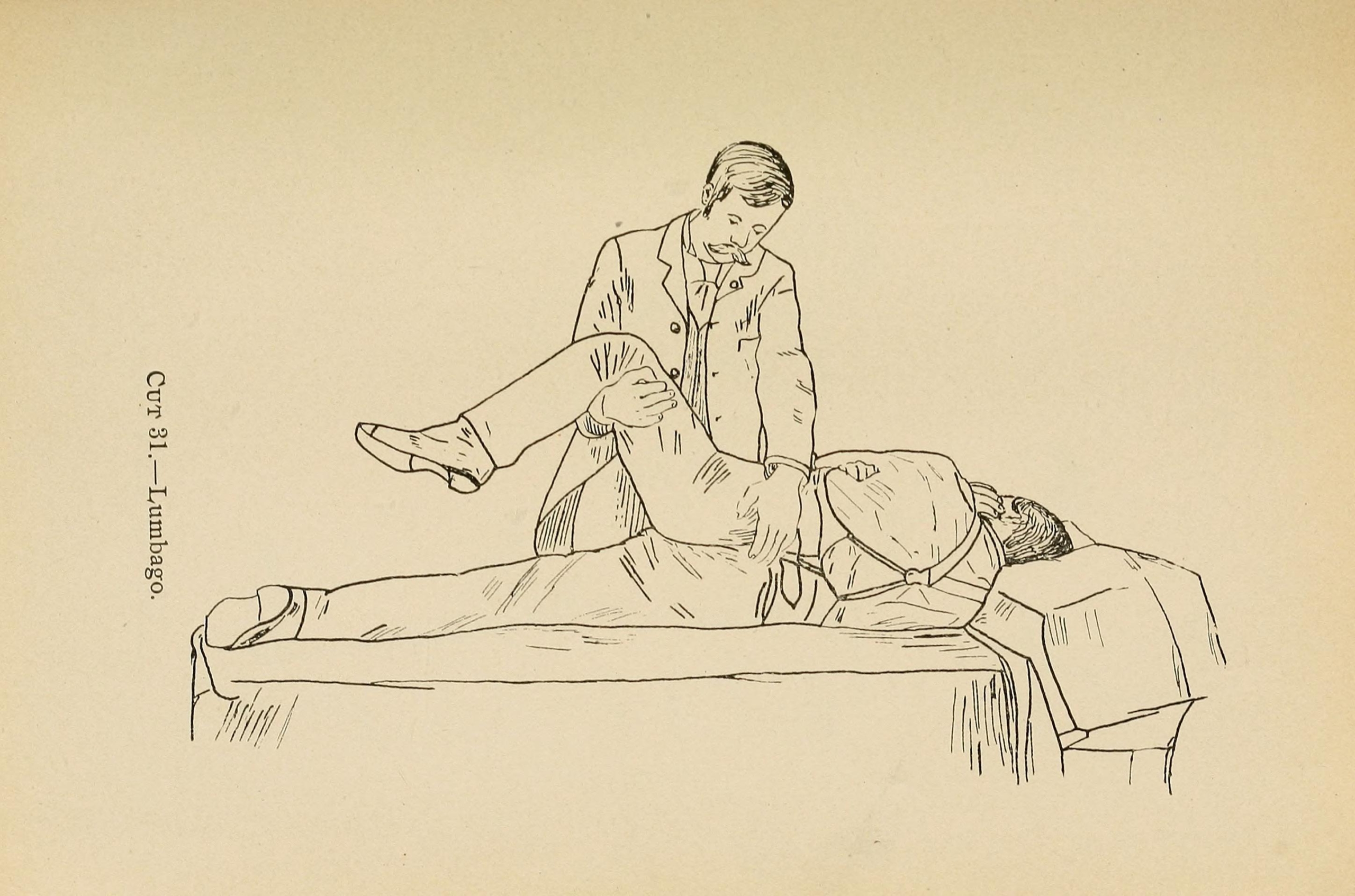From Vision to Practice: The Evolution of Osteopathic Medicine
Exploring the Evolution of a Holistic Healthcare Discipline

Osteopathy, a holistic approach to healthcare focused on the interrelationship between the body’s structure and function, has a rich and fascinating history dating back to the late 19th century. Founded by Dr. Andrew Taylor Still in the United States, osteopathy has evolved into a respected healthcare profession with a global presence.
Dr. Andrew Taylor Still, a physician and surgeon, founded osteopathy in 1874 in response to the limitations of conventional medical practices of the time. Disillusioned by the prevailing treatments, Dr. Still developed a new approach based on the belief that the body has the inherent ability to heal itself when properly aligned and functioning optimally.
The principles of osteopathy, which emphasize the importance of treating the whole person rather than just the symptoms of disease, quickly gained recognition and popularity. In 1892, the American School of Osteopathy (now known as A.T. Still University) was established in Kirksville, Missouri, becoming the first osteopathic medical school in the world.
Throughout the 20th century, osteopathy continued to grow and expand, with the establishment of osteopathic medical colleges and associations in the United States and around the world. Osteopathic physicians, known as DOs, are trained to diagnose and treat a wide range of medical conditions using a combination of manual techniques, lifestyle counseling, and conventional medical interventions.
Today, osteopathy is recognized as a valuable healthcare discipline with a focus on preventive care, wellness promotion, and patient-centered treatment. Osteopathic physicians are licensed to practice medicine in all 50 states in the United States and are increasingly integrated into mainstream healthcare systems worldwide.
In conclusion, the history of osteopathy is a testament to the vision and perseverance of its founder, Dr. Andrew Taylor Still, and the countless practitioners who have followed in his footsteps. As we look to the future, osteopathy continues to evolve and adapt, remaining committed to its core principles of holistic healing and patient-centered care.
References:
- Chila, A. G. (2011). Foundations of Osteopathic Medicine. Philadelphia, PA: Lippincott Williams & Wilkins.
- Gevitz, N. (2004). The D.O.’s: Osteopathic Medicine in America. Baltimore, MD: Johns Hopkins University Press.
- Nichols, A. W. (2005). A History of Osteopathic Medicine. In: A. W. Nichols (Ed.), The History of Osteopathy and Twentieth-Century Medical Practice (pp. 1-15). Athens, OH: Ohio University Press
Livingstone.





 Copyright Mountainview Health & Wellness
Copyright Mountainview Health & Wellness  Copyright Mountainview Health & Wellness
Copyright Mountainview Health & Wellness